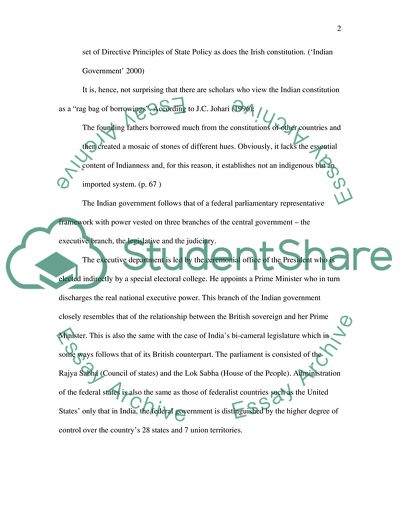Cite this document
(How Central Is an Understanding of the Constitution to an Understandin Case Study, n.d.)
How Central Is an Understanding of the Constitution to an Understandin Case Study. Retrieved from https://studentshare.org/politics/1706005-how-central-is-an-understanding-of-the-constitution-to-an-understanding-of-indian-politics
How Central Is an Understanding of the Constitution to an Understandin Case Study. Retrieved from https://studentshare.org/politics/1706005-how-central-is-an-understanding-of-the-constitution-to-an-understanding-of-indian-politics
(How Central Is an Understanding of the Constitution to an Understandin Case Study)
How Central Is an Understanding of the Constitution to an Understandin Case Study. https://studentshare.org/politics/1706005-how-central-is-an-understanding-of-the-constitution-to-an-understanding-of-indian-politics.
How Central Is an Understanding of the Constitution to an Understandin Case Study. https://studentshare.org/politics/1706005-how-central-is-an-understanding-of-the-constitution-to-an-understanding-of-indian-politics.
“How Central Is an Understanding of the Constitution to an Understandin Case Study”. https://studentshare.org/politics/1706005-how-central-is-an-understanding-of-the-constitution-to-an-understanding-of-indian-politics.


